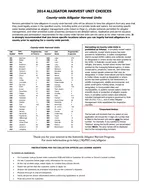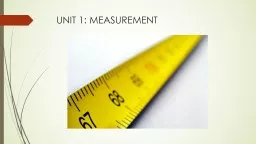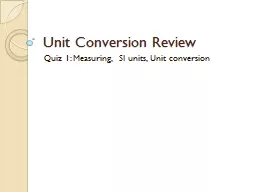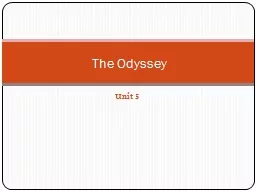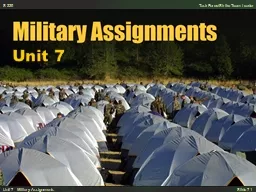PPT-Unit 07:
Author : pasty-toler | Published Date : 2017-01-12
Early Statehood 18361845 DEFINING CHARACTERISTICS OF MAJOR ERAS IN TEXAS HISTORY Early Statehood 1845 Slave State Mexican War Treaty of GuadalupeHidalgo Rio Grande
Presentation Embed Code
Download Presentation
Download Presentation The PPT/PDF document "Unit 07:" is the property of its rightful owner. Permission is granted to download and print the materials on this website for personal, non-commercial use only, and to display it on your personal computer provided you do not modify the materials and that you retain all copyright notices contained in the materials. By downloading content from our website, you accept the terms of this agreement.
Unit 07:: Transcript
Download Rules Of Document
"Unit 07:"The content belongs to its owner. You may download and print it for personal use, without modification, and keep all copyright notices. By downloading, you agree to these terms.
Related Documents



